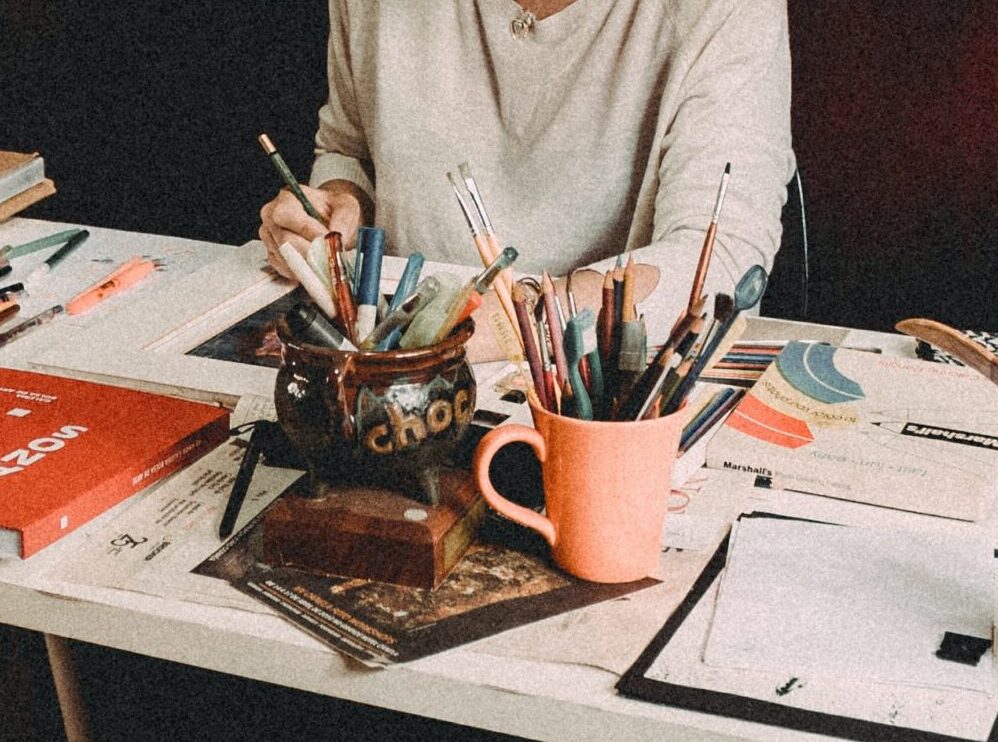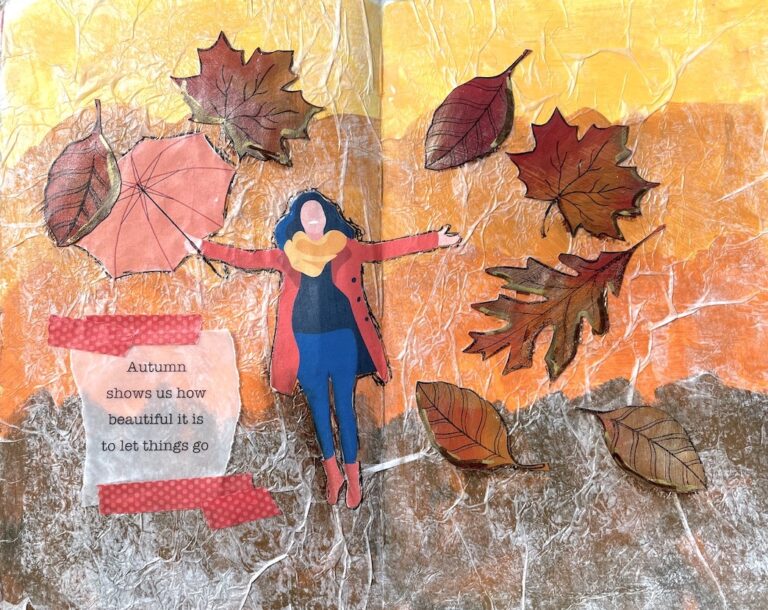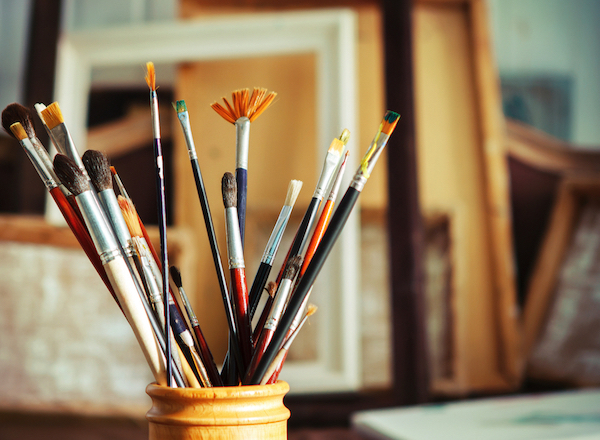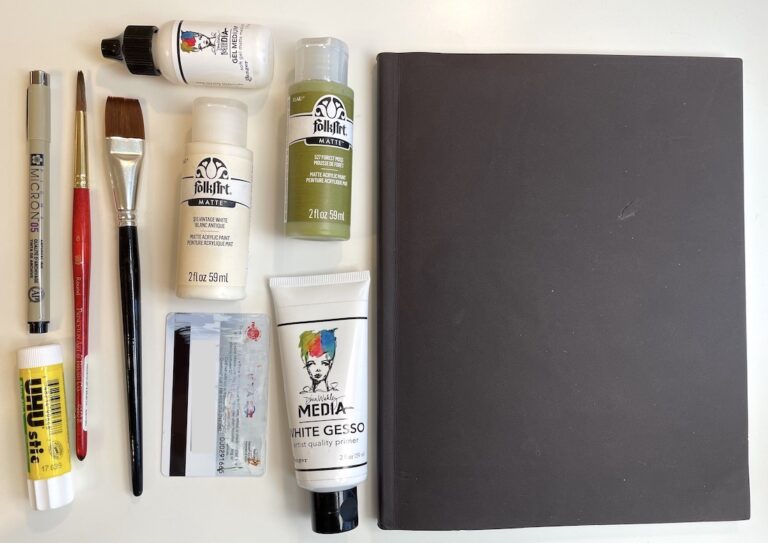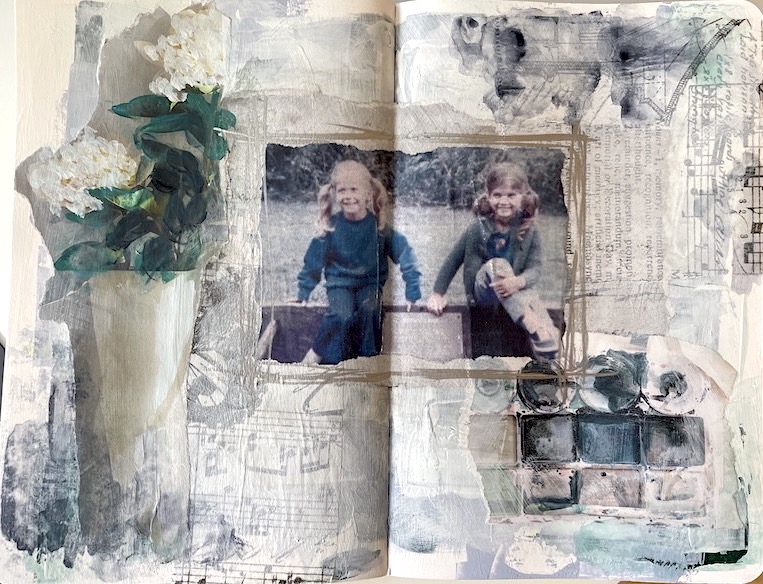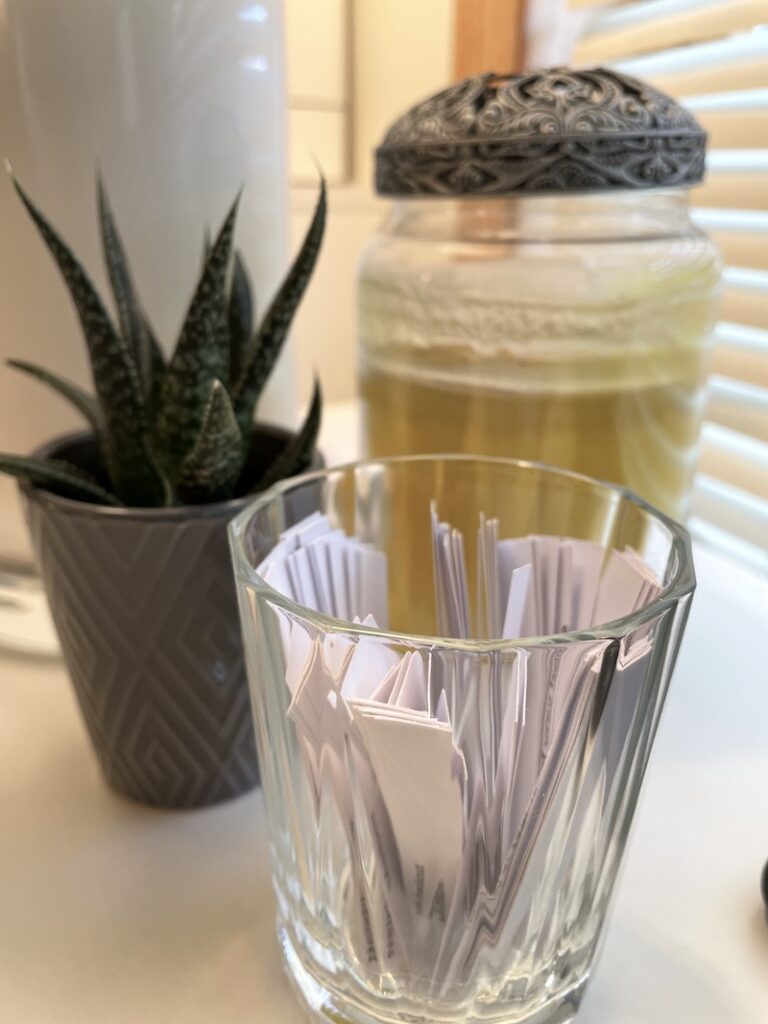Art Journaling for Mental Health: 5 Benefits
Stressed out, depressed, anxious, struggling with confidence, memory issues, or ADD? Getting creative and spending time creating art, like in an art journal, could help overcome these challenges. Consider art journaling for mental health benefits.
Mental health is just as important as physical health. Creating art can have a positive impact on your mental and cognitive well-being. Art can help reduce stress, anxiety, and depression. It can also help improve your memory, focus, and concentration.
While getting started creating any type of art can be intimidating, remember that you don’t have to be an “artist.” According to research published in Psychological Reports in 2012, even crude drawings have been shown to increase self-confidence and reduce anxiety. Here are five science-backed health benefits that creating art can help with.
Ease depression and anxiety
Depression is a serious mental health condition that affects millions of people around the world. According to research published in The Journal of the American Medical Association in 2018, creative activities can alleviate symptoms of depression and increase a person’s level of well-being.
Drawing or painting in an art journal has been found to be a helpful form of therapy for people with depression and anxiety. It can help them explore their thoughts and feelings and it can also give them a sense of control over their emotions.
There are many creative activities, like art journaling, that can help people express feelings and emotions, which can be helpful in managing depression. One study published in 2007[i] on the efficacy of art therapy in reducing depression showed a significant decrease in participants’ symptoms of depression at the conclusion of the study. There are many studies[ii] conducted across the globe with results showing significant improvement in depressive symptoms, anxiety and even emotional awareness.
Reduce stress
Stress is something we all experience at one time or another. Stress can increase the risk of cardiovascular disease as well as worsen conditions such as depression, and it even affects your sleep. While there are plenty of well-known stress-busters like exercising and eating healthy foods, creating art might be a surprising addition to your list.
Studies have shown that spending just 20-30 minutes a day on art-making can reduce stress and anxiety. This benefit likely stems from the way in which creating art stimulates brain circuitry that controls both cognitive and emotional processing.
Improve memory
Findings from a pilot clinical trial was presented at the 2021 American Psychiatric Association annual meeting[iii] showing improvement in elderly patients with mild neurocognitive disorders.
Another 10-week study[iv] in 2013 on art therapy effects on elderly patients showed significant improvement in cognitive performance.
There have been many medical studies conducted over the years looking at the non-pharmacological interventions benefiting people with Alzheimer’s disease that show significant improvement in memory and recognition, but also an increase in quality of life.
Manage ADD/ADHD
Those who suffer from ADD or ADHD can find it difficult to focus, engage in daily tasks, and manage their emotions. Art therapy is a common treatment that can help to manage the symptoms of ADD and ADHD.
ADHD can often be accompanied by low levels of serotonin. Low serotonin levels make it very hard to concentrate and stay focused – but they can also make you feel depressed. Not everyone with ADD/ADHD has low serotonin levels, but many do. Working on an art project, serotonin levels are at the highest point of the day. The more you practice art, the better you get, and the more serotonin you have in your brain.
Additionally, creating art activates your parietal lobe making it easier to regulate emotions and control sensory responses. In this state of mind, it’s easier to focus and pay attention to what’s going on around you.
The more time we spend indoors staring at screens, the more we neglect our natural instincts and abilities, leaving us feeling disconnected and unfulfilled. Artistic hobbies such as drawing, painting, or other creative endeavors provide an opportunity for self-reflection that’s hard to achieve in today’s digital world. Through creative expression, you can discover hidden parts of yourself and unlock dormant potential.
Build confidence
One of the most important benefits of creating art is developing confidence and self-esteem. When you have a creative outlet, you have something to work on when life gets stressful. Art Journaling can help you build up your self-confidence so that you can more easily handle daily pressures and less likely to feel stressed out, anxious or depressed when you’re going through a rough patch.
Artistic activities let you tap into your creative side and explore your unique talents and abilities. As you become more in touch with your gifts, you’ll see that you can create things that you never thought possible. These moments are crucial for helping you see your full potential and for discovering your unique strengths.
When you create, you’re engaging your creative side, which can help you to feel more confident. You might not end up with the best piece of art ever, but it doesn’t matter! The process of creating can help to boost your confidence, regardless of how good your final piece is.
Conclusion
Art journaling for mental health and wellbeing is a great way to reduce the symptoms of many mental health conditions, as well as improve confidence, reduce stress, and maybe even find a new passion in life. There are plenty of creative activities that you can try, whether you want to paint, write, draw, or try something else. It can be a really effective way to improve your mental health and wellbeing and is suitable for people of all ages and abilities.
However, it’s important to seek advice from your doctor first to ensure what’s appropriate for you and your health. I am by no means saying art journaling is a replacement for medical care.
Mental health is something that we should all strive to maintain, and it’s not always easy. Our mental state can be affected by a variety of factors, from stress at work to the difficulties of day-to-day life. Creative activities, like art journaling, have been proven time and time again to help improve mental health and leave you feeling happier, healthier, and more confident than before.
- [i] https://journals.sagepub.com/doi/abs/10.1177/0306624×06294137
- [ii] https://www.ncbi.nlm.nih.gov/pmc/articles/PMC8397377/
- [iii] https://www.psychiatryadvisor.com/home/conference-highlights/apa-2021/art-therapy-produces-short-term-and-sustained-improvements-in-elder-patients-with-mild-neurocognitive-disorders/
- [iv] https://www.tandfonline.com/doi/abs/10.1080/07421656.2014.847049

